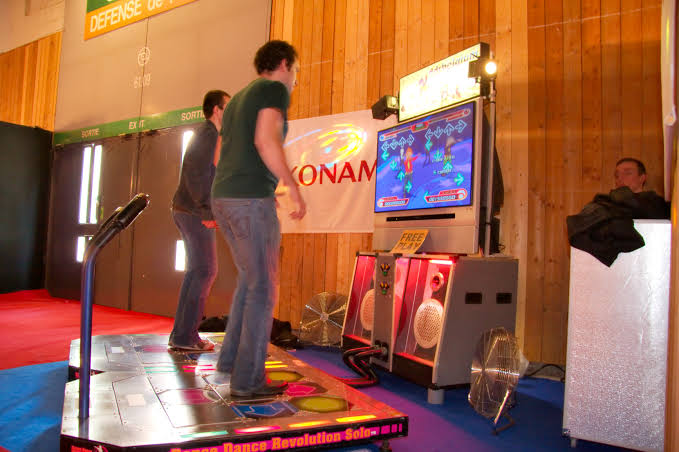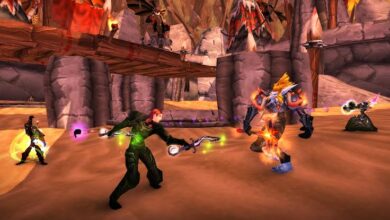Unusual gaming genres Peripheral-Based Rhythm Games

Do you want to feel like a rock star? Do you want to play all of your favourite songs without taking the time to learn an actual instrument? Do you want to suffer from crippling pain in your hands and fingers? Then, boy, do we have the genre for you. Between 2005 and 2013, peripheral-based rhythm games were taking the world by storm, and filling everyone’s bedrooms and living rooms with toy guitars and flimsy drum kits. Guitar Hero and Rock Band became such phenomena that even non-gamers got involved. If it were possible, players would use boost services like piratebay to get to the top. This was likely helped by the quality and recognisability of the music that players could jam along to, from Blink 182 to Rage Against the Machine and everything in between. Some legendary acts – such as Aersosmith, Metallica, and The Beatles – even got their own dedicated games. However, the fad eventually ran out of steam, and the aforementioned peripherals ended up cluttering second-hand bins rather than people’s houses. The rhythm genre in general has taken a back seat nowadays, limited to the occasional outlier hit like Crypt of the Necrodancer or Beat Sabre. I guess that means I’ll have to try and learn to play a real guitar. Actually forget it; that’s way too much effort.
Point ‘n’ Click Adventures
Remember the sequel to Grim Fandango? Of course not. It never happened, because the point ‘n’ click genre died. Filled with clever puzzles, deep stories, and sumptuous animation, these titles were a great alternative for gamers looking for a more thoughtful experience with a bit of substance. Whether you were enjoying the dark humour of Discworld, partaking in a bit of verbal duelling in The Secret of Monkey Island, or being soothed by George Stobbart’s dulcet tones in Broken Sword: Shadow of the Templars, there really was something for everyone. The genre wasn’t perfect, though, and it was infamously plagued by esoteric puzzles that relied entirely on trial and error. One example is the plot-important key lodged in an electrified subway rail in 1999’s The Longest Journey. The answer is clear, right? Poke at it with something wooden? Hook it out with a magnet taped to a broom handle? Nope; you have to fashion a clamp-on-a-string device that is activated by a deflating rubber duck. Obviously. Despite these nonsensical mind-benders, the genre was a beautiful showcase for interactive fiction, but it sadly fell by the wayside as technology progressed. Recent attempts to revive the genre have slipped into obscurity too, and with Telltale now defunct, it looks like point-and-click games are relegated to the sidelines. Broken Sword? More like broken heart.
Read Also: How Apps Have Changed and How They’ve Changed Us
Toys to Life Games
Here’s a fairly recent one that you may have already abandoned to the darkest corners of your gaming memory. Remember when Spyro the Dragon returned in 2011 and everyone was happy and it was exactly what fans had been waiting for? No, of course not, because they shoe-horned him into Skylanders instead. To be fair, it was an interesting idea. Collect figurines that had special chips in them that talked to a portal peripheral. Plop the figurines onto the portal and they’d zap through a USB cord and into the game, where you could guide them through a mildly fun adventure. Seen by some as a cynical money-making scheme, Skylanders could actually be completed using only the figures that came with the initial set. If you did feel the need to collect them all, then that was your decision and you were solely responsible. Have some self-control, please. Skylanders spawned a few impersonators, too, with heavy-hitters getting in on the act with Disney Infinity and LEGO Dimensions. Ubisoft’s more recent foray into the genre was perhaps a little less well-advised though, as by the time the decent-looking Starlink: Battle for Atlas hit the shelves, toys-to-life games were well on their way out. Better late than never, right? Wrong. Sorry, Ubisoft.





